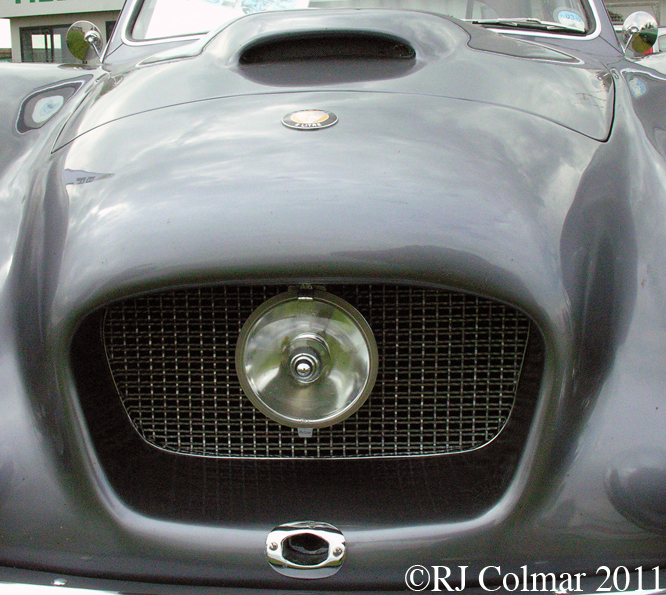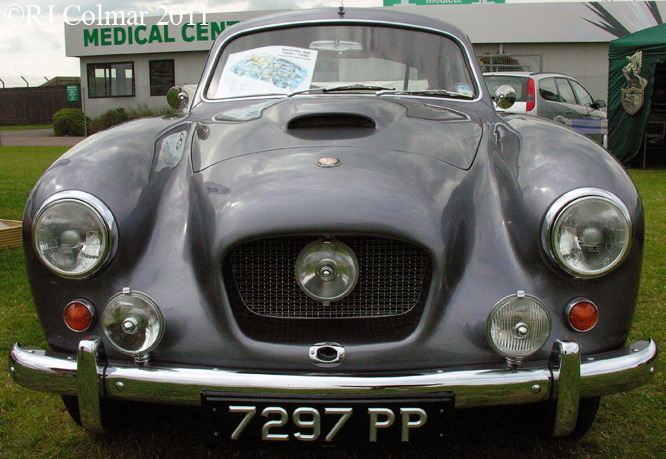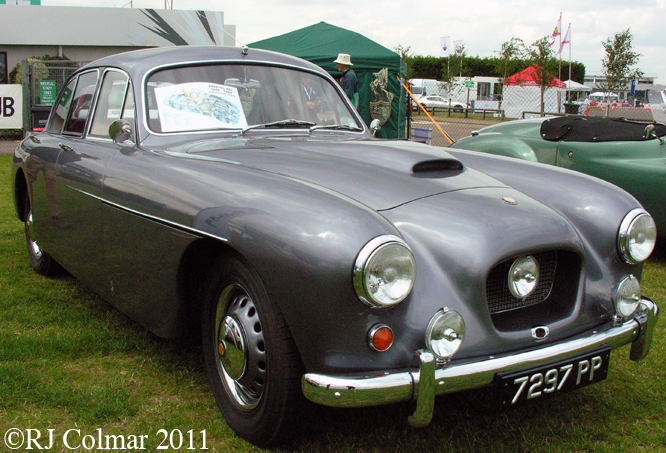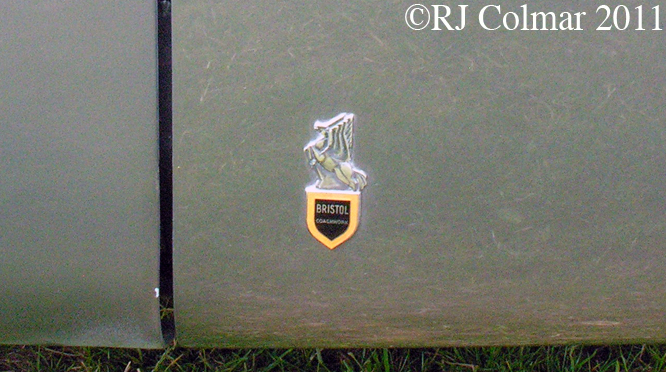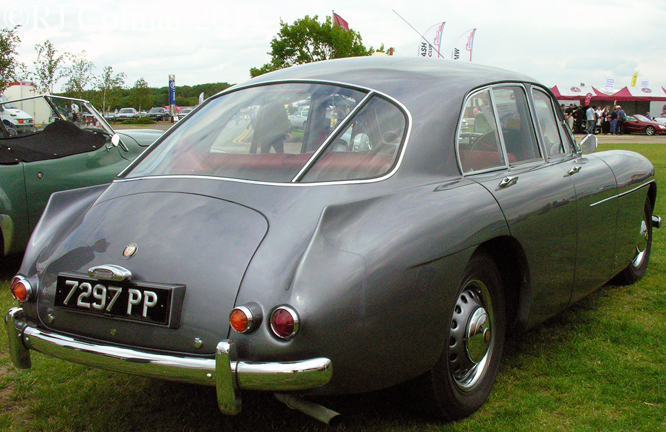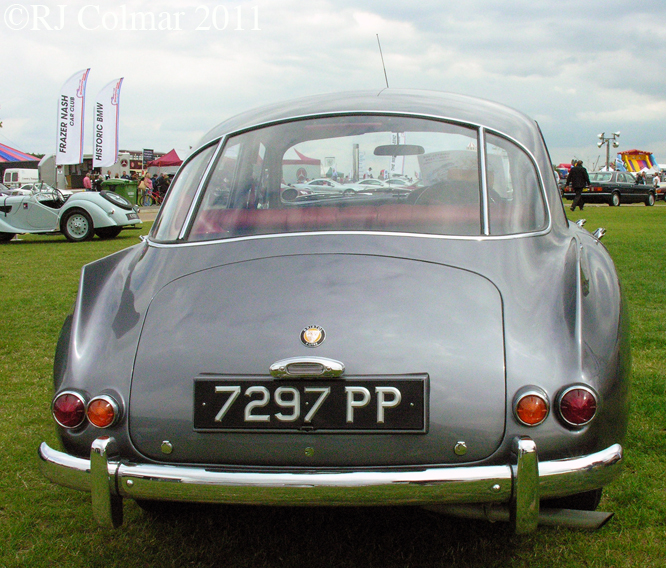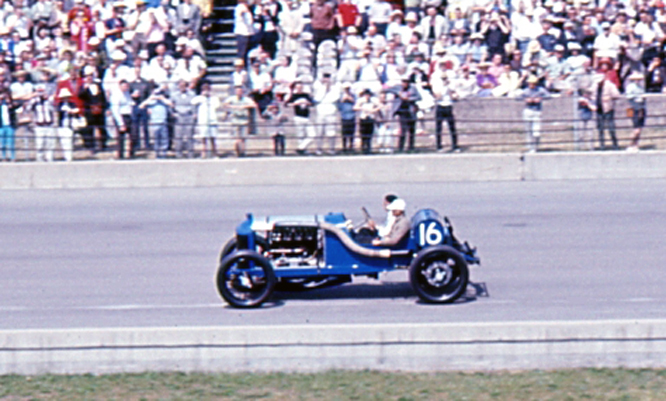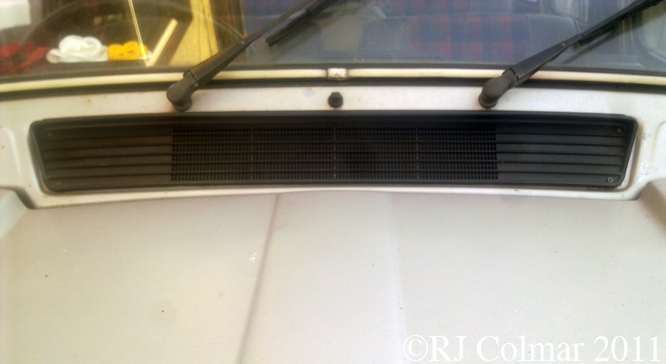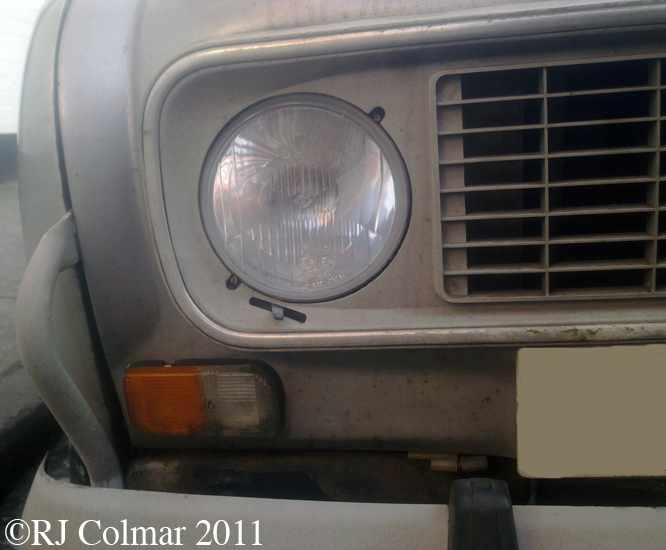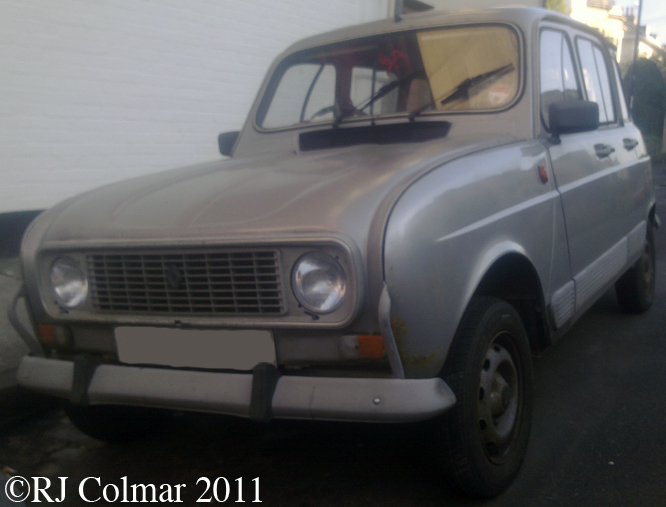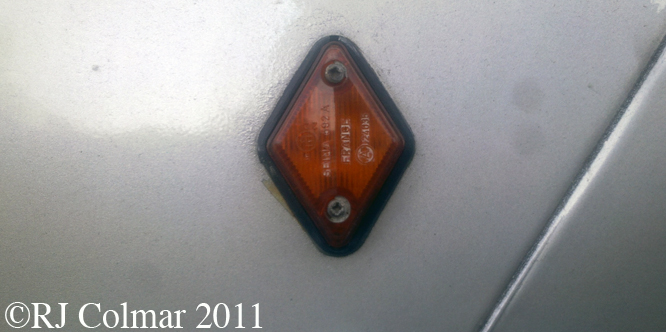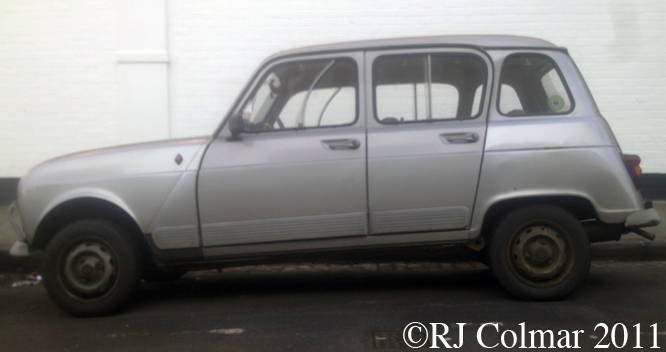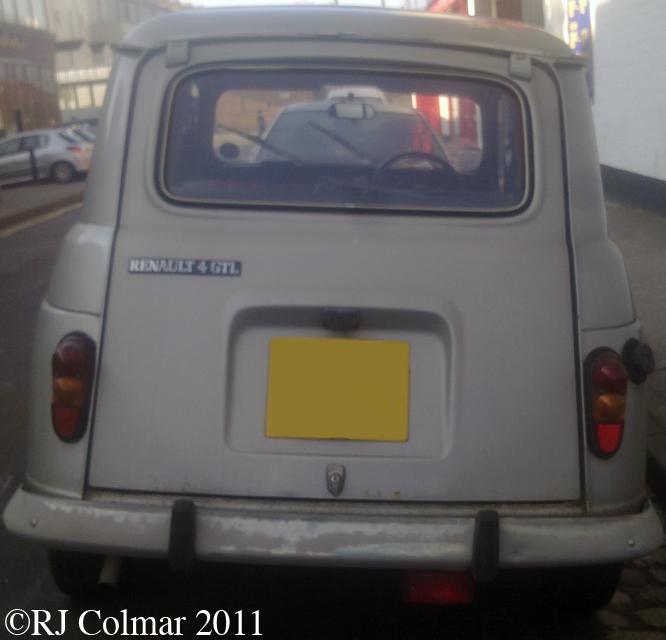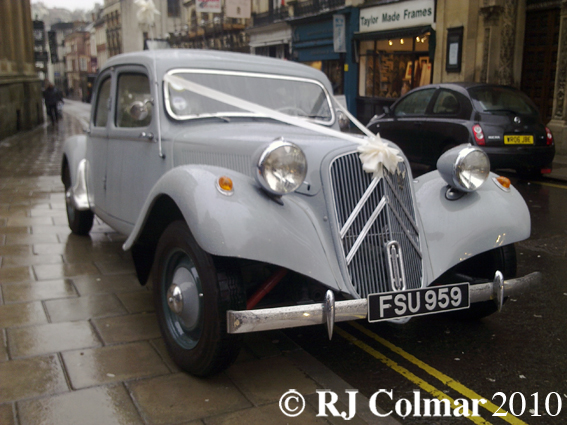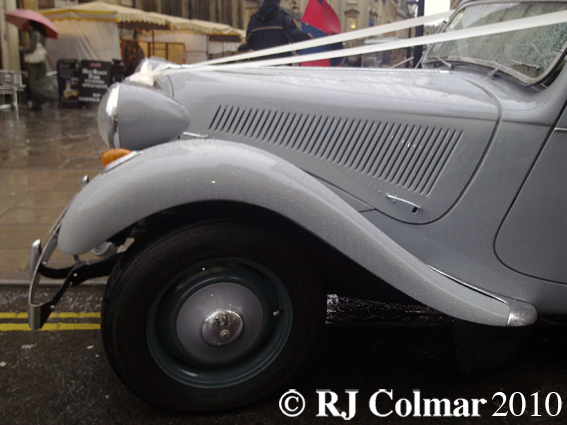Back in February I looked at the Bristol 405 Drophead, fit for for a Sheikh, today I am looking at the 4 door saloon, seen here at the recent Silverstone Classic, built on the same chassis design.
When launched at the Paris Motor Show in October 1954 the 405 experienced overheating problems while running in heavy Parisian traffic, this turned out to be due to a faulty batch of cylinder heads rather than the fog light blocking the radiator.
Once the overheating problem had been sorted customers were full of enthusiasm for this versatile model which was lighter than the preceding 2 door 403.
Larger doors and windows, than those seen on previous Bristol models, were accommodated by dropping the hitherto successful Superleggera body construction in favour of body work built around a wooden frame.
Unlike the 405 Drophead chassis which were sent initially to Abbots and later Tickfords for their bodywork to be built, the 405 Saloon had bodywork built in the Bristol works factory.
Gary Barker told the Adelaide Advertiser in 1956 “The Bristol 405 is a car in the very best tradition of high British performance.”
A maroon 405 Saloon was the star of the 2009 coming of age film ‘An Education‘.
My thanks to Christopher Balfour who’s book Bristol Cars A Very British Story supplied many of the background details for this blog.
Tomorrow I hope to be attending the Bristol Owners Club Concours d’Elegance a free event held at the Old Royal Naval College Greenwich – The Painted Hall.
It is sad to have to report that Chris Lawrence, one of the men behind the Morgan Triumph SLR cars that featured on a GALPOT blog two weeks ago, passed away on August 13th. Along with the SLR Chris was responsible for the Mini based Deep Sanderson and much more recently the Morgan Aero 8 amongst many other vehicle developments. I hope you will join me in sending condolences to Chris’s friends and family.
Thanks for joining me on this British Performance edition of ‘Getting a lil psycho on tyres’, I hope you will join me again tomorrow when I’ll be looking at a large sports car from a revived brand that now hails from Chippenham, Wiltshire. Don’t forget to come back now !

